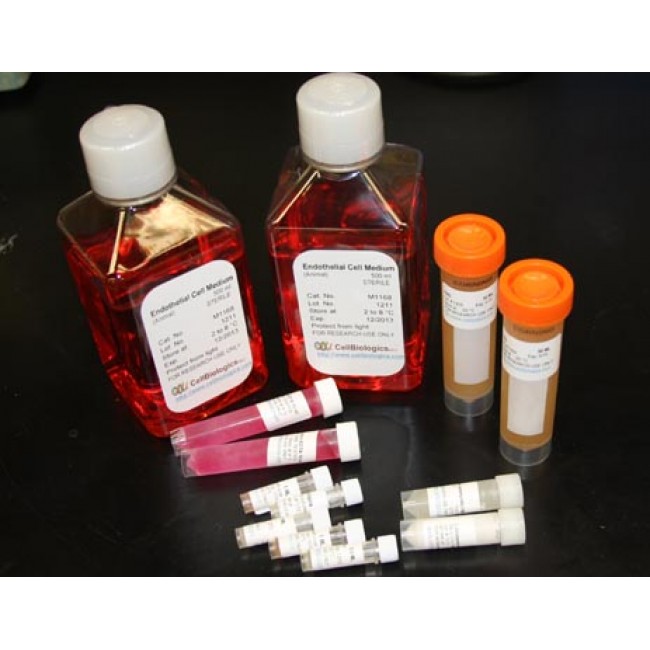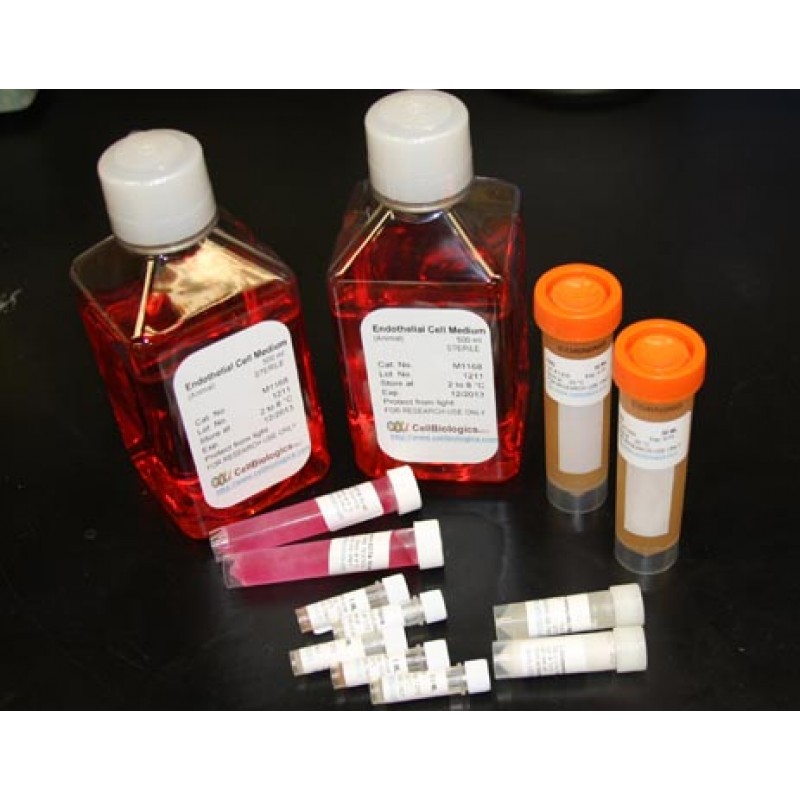TSP is an adhesive protein that can bind to many different cell types, including hematopoietic progenitor cells. It possesses a number of functional domains that serve as receptor recognizing regions. The amino-terminal heparin-binding domain interacts with heparin, other glycosaminoglycans and glycolipids and likely recognizes specific cell surface proteoglycans. The central disulfide cross-linked region is responsible for high affinity binding to one of the CD antigens, CD36 . TSP has been demonstrated to bind to integrin-alpha-V , integrin-beta-3 and integrin-alpha-2b, integrin-beta-3. The carboxy-terminal region of TSP also contains at least one binding epitope for a cell receptor. TSP can interact with fibrinogen and fibronectin. TSP appears to be involved intimately in the regulation of cellular proliferation. It is expressed as an early response gene following treatment of cells with various mitogens and cytokines. It modulates the progression of cells through the cell cycle. It augments the proliferative response to EGF. TSP inhibits endothelial cell chemotactic response to bFGF and reduces their proliferative response to serum and bFGF.


